YORK — Few at the owl prowl in the thick woods around the Center for Wildlife expected to hear an owl the first Friday of the month, least of all 8-year-old Ella Higginson, one of the vocal owl fans in the audience.
The lack of real-life hooting in the woods this night didn’t detract from the owl search at the center, which now offers its owl prowl through the winter.
“I love the book ‘Owl Moon,'” Ella said after the program. “(The book says) whenever you go owling you need to be quiet. Here is the last page: ‘When you go owling you don’t need words or warm or anything but hope.'”
After more than 50 people showed up for the center’s first owl prowl last winter – and another 10 were left on a waiting list – the center’s wildlife rehabilitators realized they had to turn the evening adventure into a winter-long program.
The center was started 28 years ago as a place where injured wild critters from Maine’s most populated region could be healed and released back into the wild. The past few years the center has been expanding and opening its doors more to the public. Teaching the public about wildlife – specifically how to protect Maine’s wild critters – goes hand-in-hand with the work of fixing broken bones and fractured wings, said the center’s outdoor educator, Emily Calhoun.
“We are the largest wildlife rehabilitation facility in a 100-mile radius,” Calhoun said. “Twenty years ago we started doing environmental education because we realized there was a need to educate the public. Now we do 225 programs a year. We are trying to open up and show more of what we do and why we do it. Hopefully it will lead to fewer wild animals getting injured.”
Calhoun got that message out to a dozen owl fans one dark, frigid Friday night two weeks ago.
The message resounded to Kathryn and Michael Firczuk, who came from Durham, New Hampshire, with their granddaughters, Ella and Lulu Higginson.
“She was very knowledgeable. She was very invested in the safety of the animals. And she didn’t miss a beat. It was really inspiring,” said Kathryn Firczuk.
Calhoun talked about myths about owls – like the common belief that they can turn their heads 360 degrees when it’s really only 270 degrees. She explained there are six owl species found in Maine. And she covered steps people can take to help wild animals such as owls.
In 2006, automobiles colliding with wild animals was the No. 1 reason for injured wildlife to be brought to the center. Often, Calhoun said, owls and other raptors are drawn into roadways because people throw food out the windows, and smaller critters such as mice and squirrels dash onto the road to eat the tossed snacks.
Owls hunt on the edge of fields, in thick woods. In Maine, with so much wooded landscape, roadways often mimic fields to the birds above. So if small critters are busy eating food discarded in the road, owls may prey on those animals.
“My husband and I are the kind of people who would never want to do anything wrong. I would have never known that throwing out a biodegradable piece of fruit on a country road, you’re doing something wrong,” Kathryn Firczuk said. “It won’t happen again.”
Following her talk, Calhoun introduced four wild owls with permanent injuries that cannot be released, and she shared their amazing stories.
She brought out a long-eared owl, Leo, who could see prey 6 feet away in complete darkness. And she showed off a barred owl, Bianca, who came to the center in 1995 after injuring a wing. The female owl remained, doing educational programs.
Now, Calhoun said, Bianca helps owls as much as humans. As a surrogate mother owl, the raptor has fostered 40 baby owls that were brought in with injuries and eventually released.
After the meeting with live owls, participants found no wild owls calling during a roughly 20-minute walk into the thick woods around the center. But the program still was meaningful to the owl fans.
Calhoun said the owl prowl helps people to identify more with owls and teaches them to live more carefully alongside them.
“I thought it would be great if I heard one, but it was OK if I hadn’t because in my owl book it says sometimes you hear one and sometimes you don’t,” said Ella Higginson.
Her 4-year-old sister, Lulu, also was OK with the lack of owl noise. She said she only wanted the owls she met to be safe.
“Maybe I thought we’d hear one, and maybe not. I didn’t mind. Because we were in the dark woods, I was a little scared,” Lulu said.
Send questions/comments to the editors.


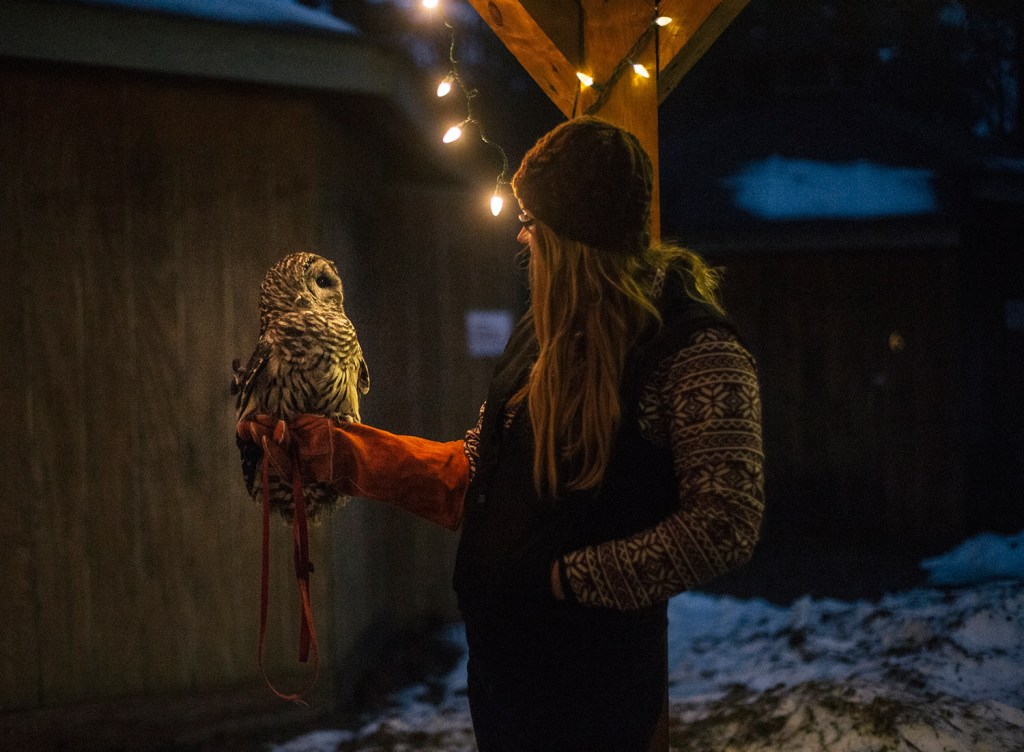
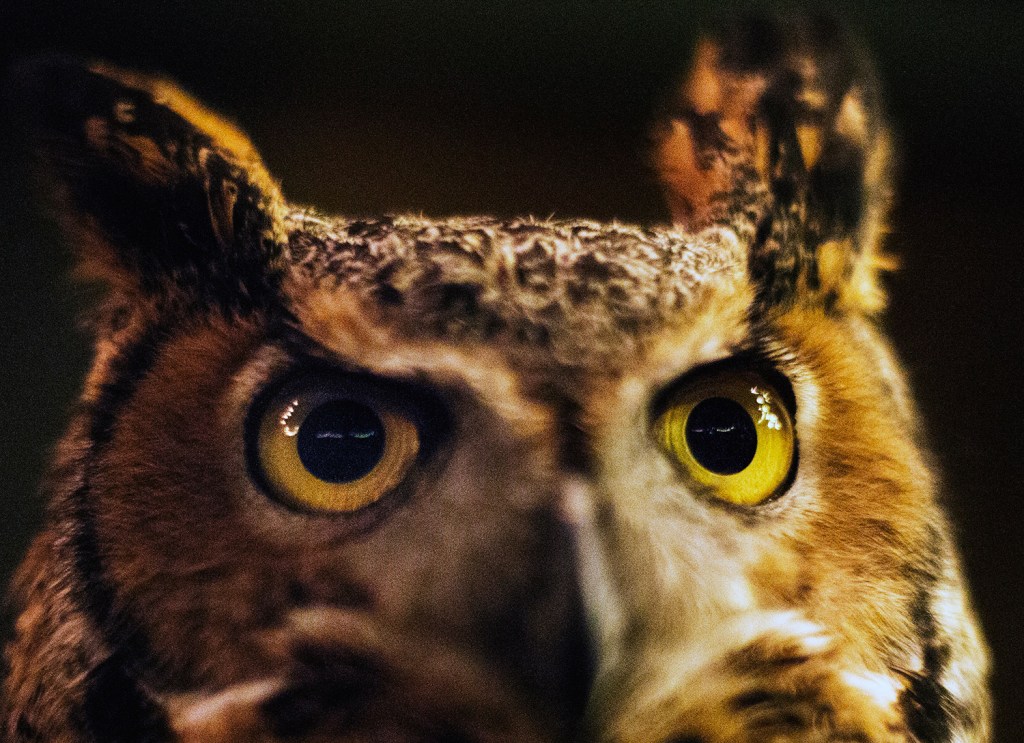

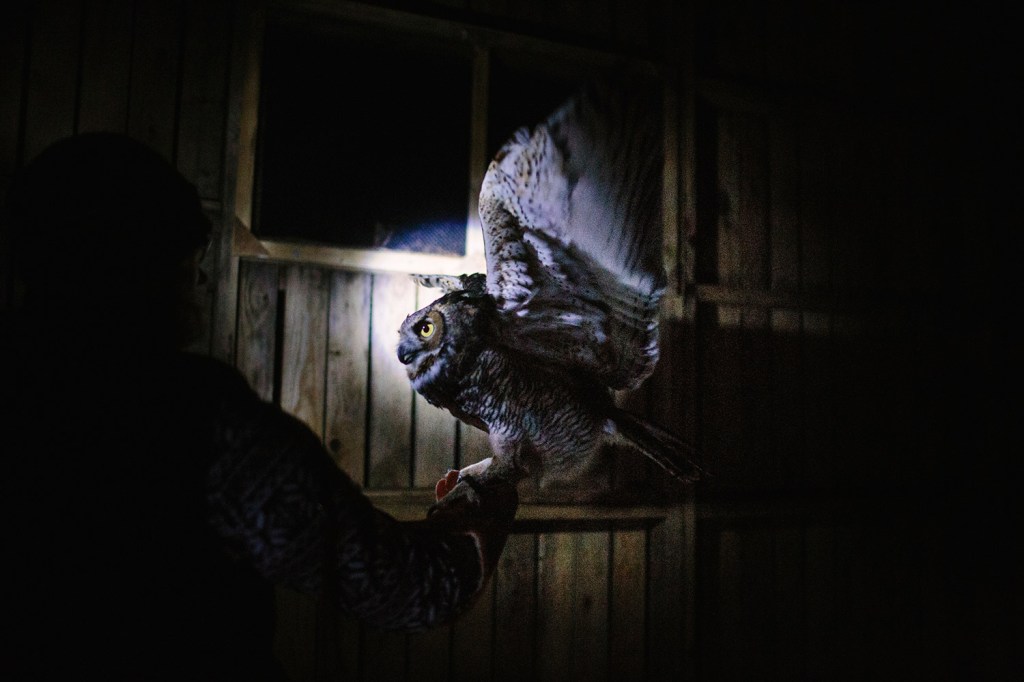
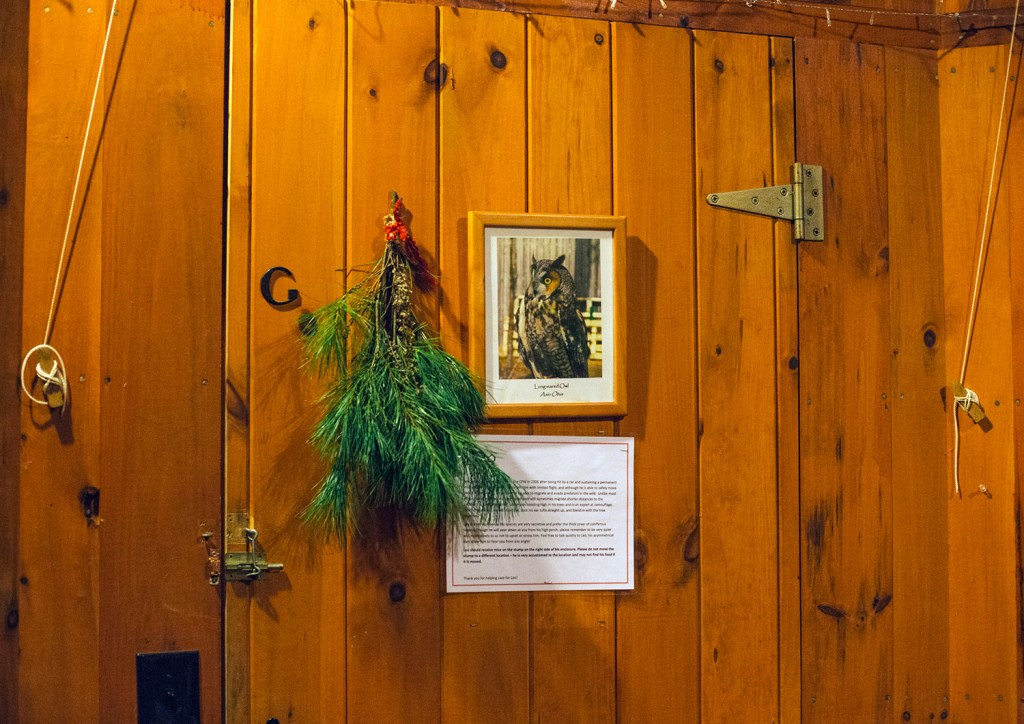
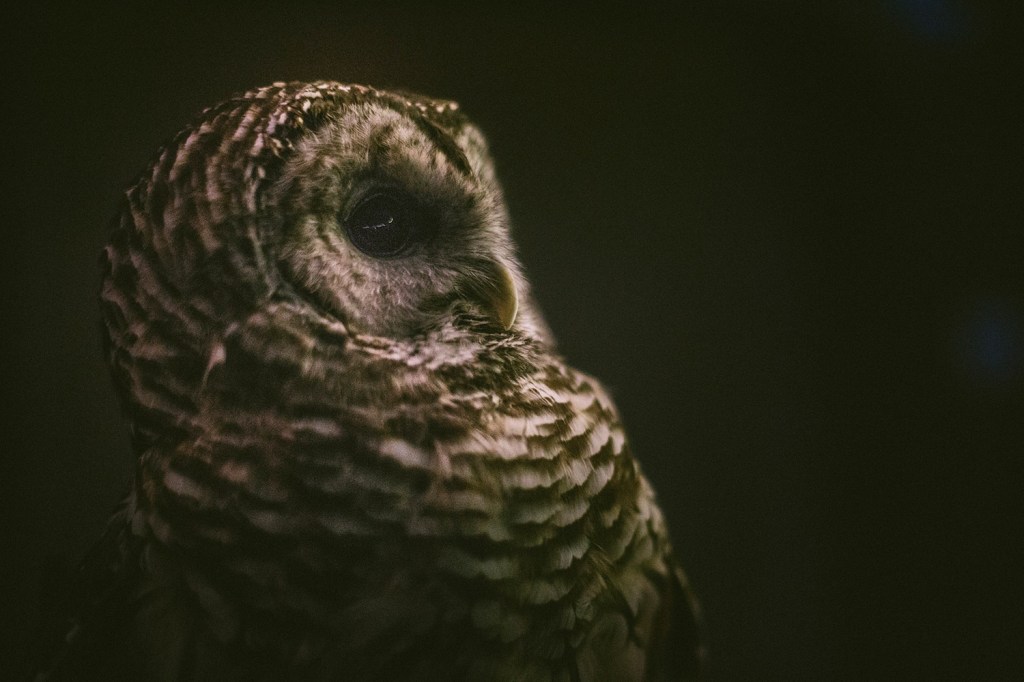
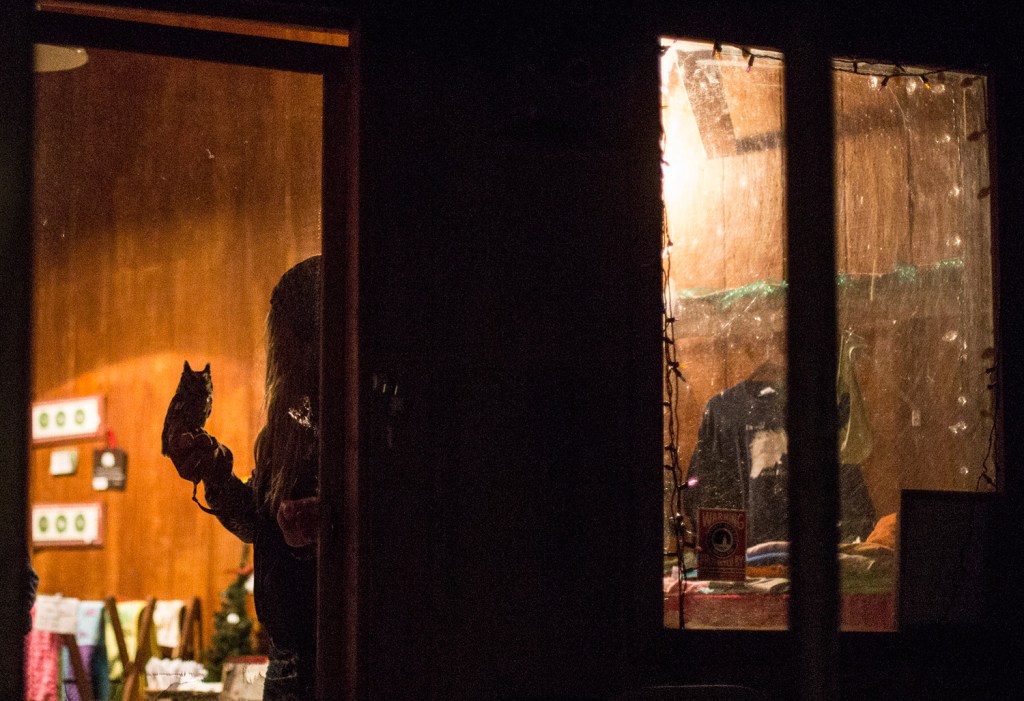
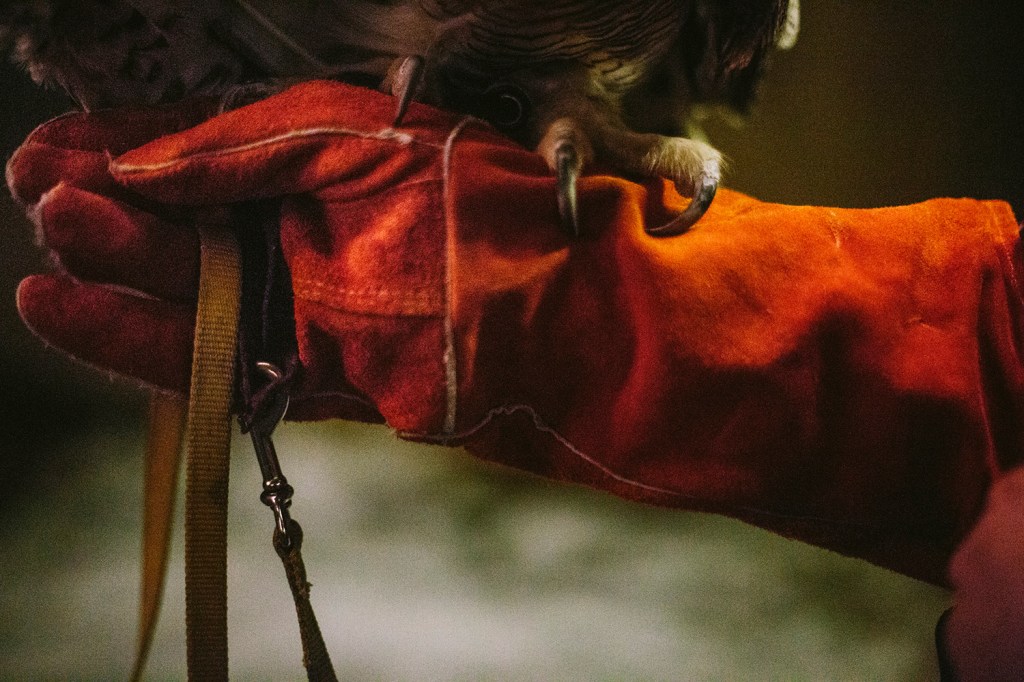

Success. Please wait for the page to reload. If the page does not reload within 5 seconds, please refresh the page.
Enter your email and password to access comments.
Hi, to comment on stories you must . This profile is in addition to your subscription and website login.
Already have a commenting profile? .
Invalid username/password.
Please check your email to confirm and complete your registration.
Only subscribers are eligible to post comments. Please subscribe or login first for digital access. Here’s why.
Use the form below to reset your password. When you've submitted your account email, we will send an email with a reset code.